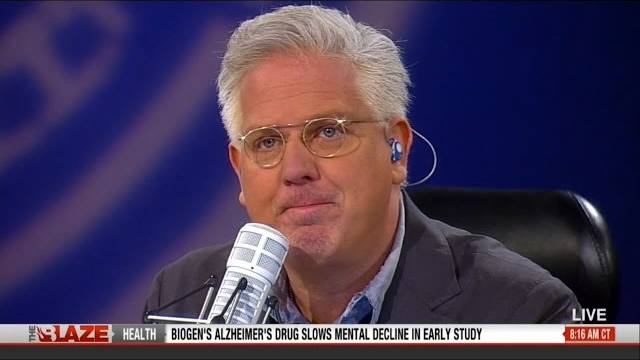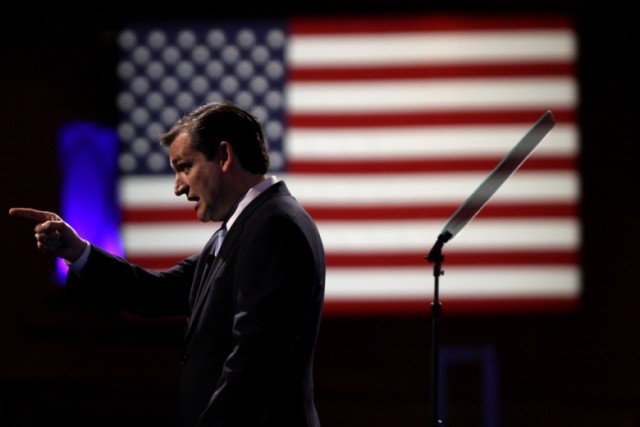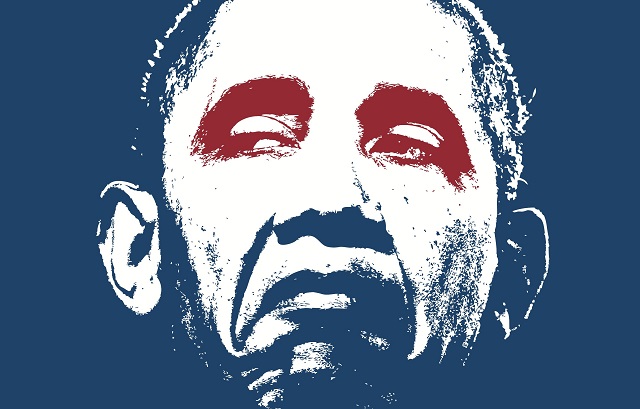The government tried to destroy Microsoft for giving away a browser by JEFFREY A. TUCKER.
Microsoft announced this month that it was finally taking Internet Explorer out behind the woodshed, officially ending its two decade reign as the king (and then later the court jester) of web browsers. The main focus of media coverage has been how IE was outcompeted by Firefox, Safari, and Chrome — not to mention mobile apps that are rapidly overtaking traditional computer programs as a share of Internet browsing. But once upon a time, Internet Explorer ruled the World Wide Web.
On the sites I’ve managed, I watched as IE went from 95% of traffic to 20%, a spectacular and well-deserved crash that took fully 20 years. Microsoft was never able to fix its interminable security problems. Each new version, from 1 to 10, seemed to fix some issues from the previous version while introducing more problems.
It wasn’t entirely Microsoft’s fault, either: as the dominant browser, it was subjected to non-stop hacking from every malware creator on earth. Even a team of a thousand developers couldn’t overcome this, and it didn’t help that Microsoft itself was crippled by its sheer size and bureaucratic management structure.
On one level, this is a classic story of creative destruction. IE was cool, once upon a time — really! — and it way better than the jalopy it displaced (Netscape Navigator), but it was unable to keep up against the nimble innovators it inspired. It had a 20-year run of it, which isn’t so bad in the software business. But history moves forward, and in the wild world of the Internet, no one can presume that market dominancemeans permanent market control.
But just you try telling that to the Department of Justice.
DoJ was the main player in a witch hunt surrounding Internet Explorer that began in 1995 and lasted until 2004, hounding Microsoft for a full decade over its allegedly “monopolistic” behavior. (FEE, of course, provided ongoing commentary the entire time.)
Even in the early years of the web, government regulators and judges presumed to know better than entrepreneurs and consumers how to structure the market. In a long series of judgements, regulations, settlements, and impositions, the antitrust regulators diverted countless millions of dollars away from product development and towards litigation, which, in the end, turned out to be over absolutely nothing.
The “browser wars” were not settled in court; they were fought, won, and lost on the desktops, phones, and tablets of hundreds of millions of users, and it was those consumers — not all-powerful monopolies or benevolent regulators — who decided IE’s fate.
The saga began when Microsoft released its browser as a preinstalled part of the Windows operating system. Government regulators declared this to be a terrible thing because it represented an exploitative vertical integration of products (which somehow harmed consumers), and stood in violation of a court order dating from 1994.
Microsoft had promised not to “abuse” its monopoly status in the operating system market by “bundling” its other products with Windows, thereby “forcing” consumers to purchase them. But then they decided to include IE with Windows, and antitrust attorneys from Washington swooped in to save consumers, stop the big corporate bully, and right all wrongs.
But there was a slight problem with this story: Microsoft was giving IE away for free! In a brilliant maneuver, Microsoft decided not to charge for the browser so that it could avoid paying sales royalties to the providers of its basecode (Spyglass, Inc.). The whole rationale of old-timey antitrust laws was that consumers were being robbed and exploited by corporate monopolies. It didn’t fit this scenario at all, but government attorneys still pursued the case, forcing the country to listen to ten years of tedious debates about whether IE was a separate “product” or just a “feature” of Windows.
And yet every antitrust case, no matter how silly on the surface, has a deeper history. In this case, the prime mover — the snake whispering in the ear of the king — was Netscape. Its Navigator was the main browser on the market in 1995, and the one most threatened by Microsoft’s innovation.
After years of depositions, hearings, trials, appeals, and endless kvetching by Netscape (while its market share whittled away to nothing), the trial ultimately ended in a judgement against Microsoft, and featured such goofy scenes as the judge deleting the shortcut to IE from the desktop, and then proclaiming that he had removed it from the computer.
It was amazing to watch: even as this titan of industry was fighting for the right to give its products away for free, other companies were sneaking up behind to offer better browsers. Even more extraordinary, new operating systems were coming along to threaten the nearly universal use of Windows — the monopoly that formed the whole basis for the government’s case about Internet Explorer!
We who opposed this harassment of Microsoft would often point out that competitors could someday displace both IE and Windows. Someday people might even use IE for nothing other than downloading one of its replacements! Our suggestions were met with incredulous guffaws and cynical snickers. It was just obvious that without some major government action to shatter Microsoft, the company’s powerful monopoly would last forever!
These were also the years in which Mozilla’s Firefox browser became the fashionable choice among the tech set. Some prefered eccentric tools like Opera, and Safari, as part of the emergent Apple operating system, was waiting in the wings, while still others were experimenting with using open-source systems like Linux for consumer use.
It was very clear to anyone in the industry at the time that Microsoft’s dominance was extremely fragile. But that’s not how the DoJ saw it. Government attorneys treated Bill Gates like he was some latter-day Rockefeller, a digital-age robber baron who deserved the harshest possible punishment for his egregious innovation that brought millions of people online.
All these years later, standing over IE’s freshly dug grave, we can see who was right. The free-market critics of the antitrust action nailed it perfectly. Linux eventually came to be rolled into Google’s new browser Chrome and became its own free-standing operating system, powered by downloadable applications, not software suites.
What’s even more extraordinary is how applications running on smartphones have begun to eat into the market for web browsers in general. Here again was a development that no one could have imagined even ten years ago.
One reason that people don’t talk about this case much anymore is that it never amounted to anything. It was eventually settled long after it didn’t matter, and nobody cared about why we were fighting. The entire case, once called World War Three, has been relegated to a strange footnote about a soon-to-be defunct piece of software.
But how many resources and how much development attention was wasted in the course of those ten years— half of IE’s lifespan? It’s impossible to say. IE would probably have died regardless. But it’s possible that, had the government not litigated so hard all those years, millions of consumers might have been spared some of IE’s security holes, and maybe Chrome and Safari would have faced stiffer competition on their way up.
We’ll never really know. What we do know is that this antitrust action didn’t help a single consumer on the planet. It was all a gigantic diversion from the heart of the story.
But like all political stories, it had winners and losers. Consumers likely lost out from the wasted resources and chilling effects on competition. The original beneficiary of the suit, Netscape Navigator, did the world a favor and went extinct anyway. And, of course, the lawyers, bureaucrats, and grandstanding politicians all came out ahead.
But something much more substantial and important happened in these years. A revolutionary and fundamentally disruptive company, Microsoft, came to be civilized on Washington’s terms.
It opened up lobbying offices in Washington, DC, and began pumping in increasingly large amounts of money (at least $133 million since 1996) to curry favor in low places It started a program of large-scale political contributions. It ended its practice of permissionless innovation and started playing the game.

In short, Microsoft made the decision to work its way into the political apparatus rather than face unending harassment and possible death at the hands of the regime. I can’t blame them for their choice — they had a bottomline to protect, an obligation to their shareholders — but let’s not be blind as to the real purpose of all this litigation: rent-extraction and pummelling an outsider into submission.
Competitive markets are a process of ongoing upheaval in service of the consuming public. There is nothing government can (or will) do to improve this process, but plenty it can do to blackmail innovators into a compliant posture, at least for a time.


![Capture-eflorida-FL-Regions-3_thumb[3]](https://drrichswier.com/wp-content/uploads/Capture-eflorida-FL-Regions-3_thumb3.png)




















